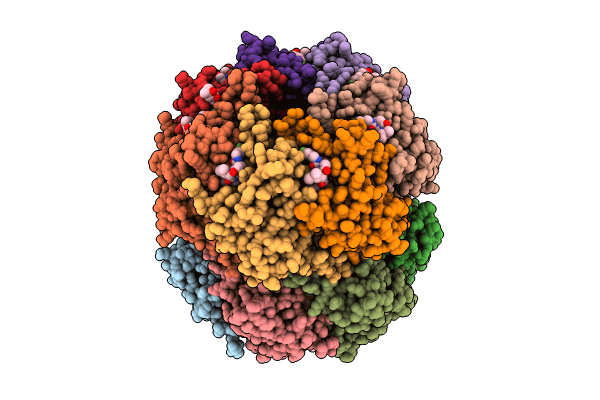
Deposition Date
2024-07-16
Release Date
2024-10-23
Last Version Date
2025-02-19
Entry Detail
PDB ID:
9IRM
Keywords:
Title:
Structure of ClpP from Staphylococcus aureus in complex with ZG283
Biological Source:
Source Organism:
Staphylococcus aureus (Taxon ID: 1280)
Host Organism:
Method Details:
Experimental Method:
Resolution:
1.81 Å
R-Value Free:
0.22
R-Value Work:
0.21
R-Value Observed:
0.21
Space Group:
P 1 21 1


